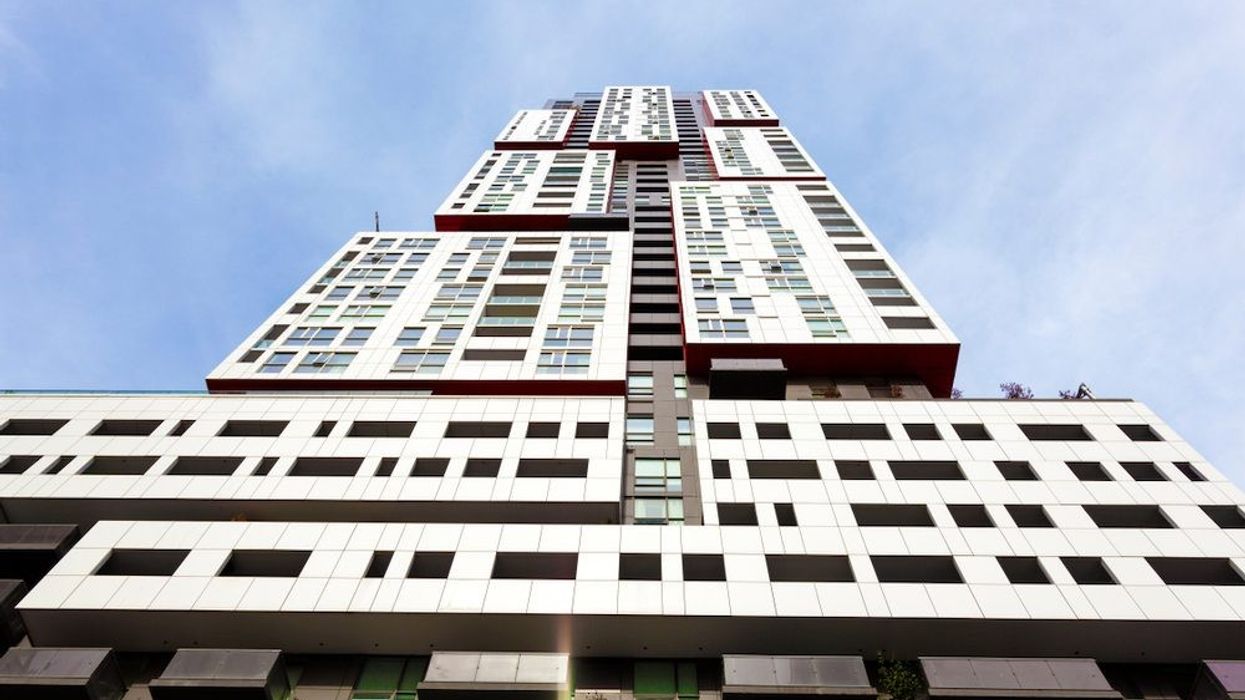Let's call it a comeback.
Following months of rising rental vacancies -- brought on by a lack of demand as residents moved out of the city amid the pandemic -- which ultimately led to declining monthly rents (and landlords offering free rent and other incentives to attract tenants), Toronto's rental market has finally made its triumphant return.
It's a return that can be compared to Toronto's housing market: Last summer, buyers returned in a frenzy to take advantage of rock bottom interest rates, spurring bidding wars and rising prices in the process.
However, the rental market's slowdown has ended, and it's now starting to resemble its pre-COVID levels, with average monthly rents continuing to increase month-over-month as demand picks up steam.
"No one has escaped the impact of COVID-19. However, in regard to real estate, landlords have suffered the most. At the height of the pandemic, rental inventory in the downtown market was at levels we have not seen in quite some time. This was due to the factors everyone has read in the headlines such as job loss, a migration out of downtown, and COVID restrictions," Alex Obradovich, a sales representative for Chestnut Park, told STOREYS.
READ: Average Monthly Rents Continuing to Increase in the GTA
But as restrictions have lessened and we've moved into re-opening stages in Ontario, Obradovich says the rental market has seen quite the resurgence.
For the third straight month in a row, average rents for all property types in the GTA rose in June, up 0.9% month-over-month to $2,017. While the average monthly rent is still around $200 lower (9%) than a year ago and more than $440 off the average monthly rent at the market peak ($2,461) in November 2019, it still indicates that the market is turning a corner and trending back up again.
Ben Myers, president of Bullpen Research & Consulting, has said that while this is bad news for tenants, it's good news for landlords.
“With Toronto entering the next stage of COVID-19 reopening, tenants will be reminded of the benefits of a centrally located apartment or condominium rental, as patios fill up and boutique retail shops open. We expect an increase in leasing activity as tenants look to take advantage of the current incentives at many buildings before they disappear,” said Myers.
As the country prepares to reopen its borders, an influx of immigrants is expected -- part of the federal government's plan to stimulate post-pandemic recovery -- office towers are also expected to return to full capacity, and the return to in-person university classes will further spur rental demand. Subsequently, Bullpen Research & Consulting recently forecast a rent growth of 12% to 14% next year.
“The GTA rental market began to resemble pre-COVID times during the second quarter, which is a testament to a strong foundation of demand that will only grow going forward as immigration recovers, schools and offices reopen, and expensive ownership housing leads to greater levels of renter household formation,” said Shaun Hildebrand, President of Urbanation.
READ: The GTA Rental Market is Starting to Resemble its Pre-COVID Level
During Q2-2021, the average rent for available purpose-built rental units in newer buildings completed since 2005 in the GTA was $2,289, down 5% from a year earlier, but up 1.9% from the first quarter -- marking the first rent increase since the start of the pandemic, according to Urbanation.
In the condo market -- a major source of Toronto’s rental supply -- activity is also booming, with lease activity showing major signs of improvement during Q2-2021, with activity reaching a record high. The number of leases signed for condominium rentals in the GTA more than doubled from a year ago, surging 108% to 12,747 units — the highest Q2 level on record.
Urbanation says over the last four quarters, condo lease transaction activity reached an “unprecedented” 50,004 units — 58% higher than the pre-COVID peak of 31,696 units leased in the four-quarter period to Q1-2020.
However, Urbanation notes that incentives were still prevalent in the market during the second quarter, with 88% of surveyed buildings offering some form of incentive or discount to renters. One month of free rent continued to be the most common with a 52% share of incentives, followed by two month’s free rent with a 25% share of incentives.
As a result, the market is returning to tight conditions that include tenants bidding up rents amid tighter vacancy rates.
"The key factor pushing prices up for renters has been the sudden lack of inventory caused by an influx of people coming back into the city," said Obradovich.
"I stress sudden because this is the first time in over 18 months where in a matter of two weeks, we have seen bidding wars on rental properties start to re-emerge. With pressure like this, the upward trend of monthly rent in the latter part of July should only continue as we progress towards the fall market," added Obradovich.
All this to say, if you’ve been thinking about moving downtown, now truly seems like the ideal time to start looking... Before rents increase further in the fall, you may be able to avoid the possibility of being priced (and pushed) out of the city.





















